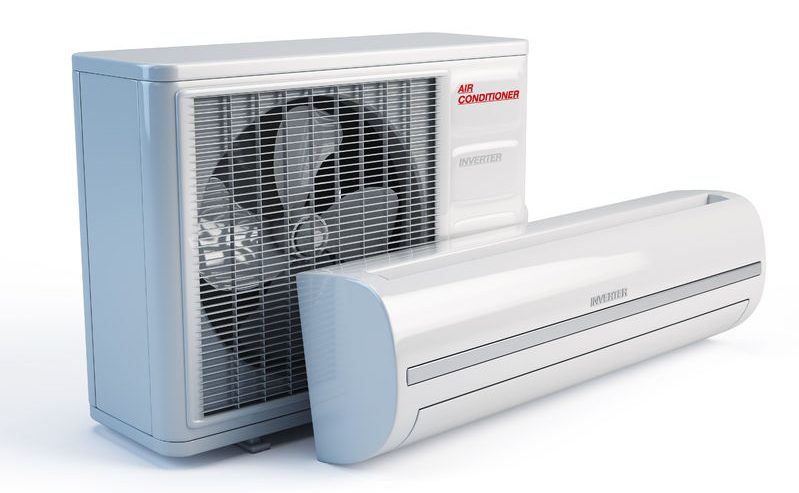A Homeowner’s Guide to Mini-Split Systems
Mini-split systems—also known as ductless air conditioning—are becoming more and more common. Here’s how they operate and why they’re catching on.
How Do Mini-Split Systems Work?
Mini-split systems both heat and cool your home. They are made up of indoor apparatuses and an outdoor condensing apparatus. One benefit of splitting the units is that keeping the condensing unit outside prevents bothersome noise inside the house.
The outdoor unit circulates refrigerant through lines connected to the indoor units, which are located throughout the home. Each indoor unit consists of three parts: air-handlers, the evaporator coil and blowers.
The indoor units can be set anywhere in the house. Many homeowners choose to place them in the walls or ceilings to keep them out of the way.
Types of Mini-Split Systems
Mini-split systems are perfect for homeowners eager to customize their cooling and heating systems to their unique needs and circumstances.
Single-Zone/Multi-Zone Condenser Unit:
You can install a single or multi-zone mini-split system in your home, depending on if you want to control the temperature of multiple areas within your house or just in one general zone. Regulating only one zone or one zone at a time saves both energy and money.
Heat Pump:
A heat pump feature can deliver automatic conversion from cooling to heating in the chillier months. On top of that, the pump includes a reverse valve that has the ability to alter the direction the heat is moving.
Wall Unit:
The wall unit is where the homeowner makes changes to the temperature of a certain room or zone in a home.
Why Go Mini-Split?
Not only do mini-split systems reduce energy loss, they also allow homeowners to better regulate temperatures from room to room to maintain optimal comfort. Often, mini-split systems offer more conveniences and features than traditional air conditioning, like programmable timers, remote control functionality and sleep functions. Additionally, they can have a variety of operating modes, such as a dehumidifying or drying setting and fan-only option.
Some systems allow you to program a sleep mode that lowers or raises the temperature just slightly during the night. This saves energy and money without costing you comfort because, when you’re asleep, you’re less likely to notice a slight change in temperature.
Because ducted air systems more easily gather debris, mini-split systems are known for improving a homeowner’s air quality. Ducted air conditioning systems also tend to lose more energy, leading to less effective cooling and higher monthly bills.
Mini-split systems have the potential to improve the value and appearance of a home, especially if it was previously using multiple window units.
One of the most important perks of choosing a mini-split system is that because there are no air ducts to install, it generally costs half as much as a traditional system.





Comments
Comments are disabled for this post